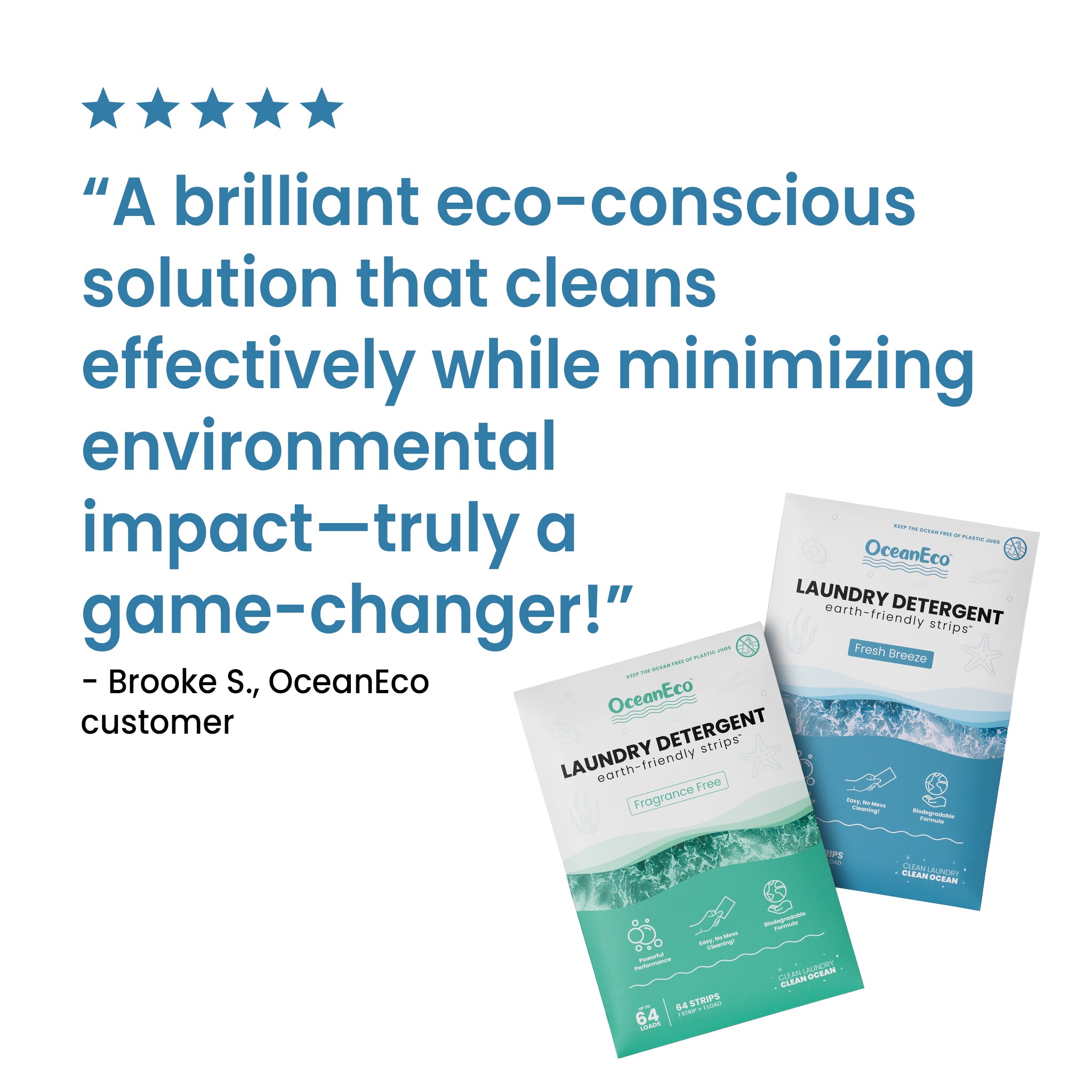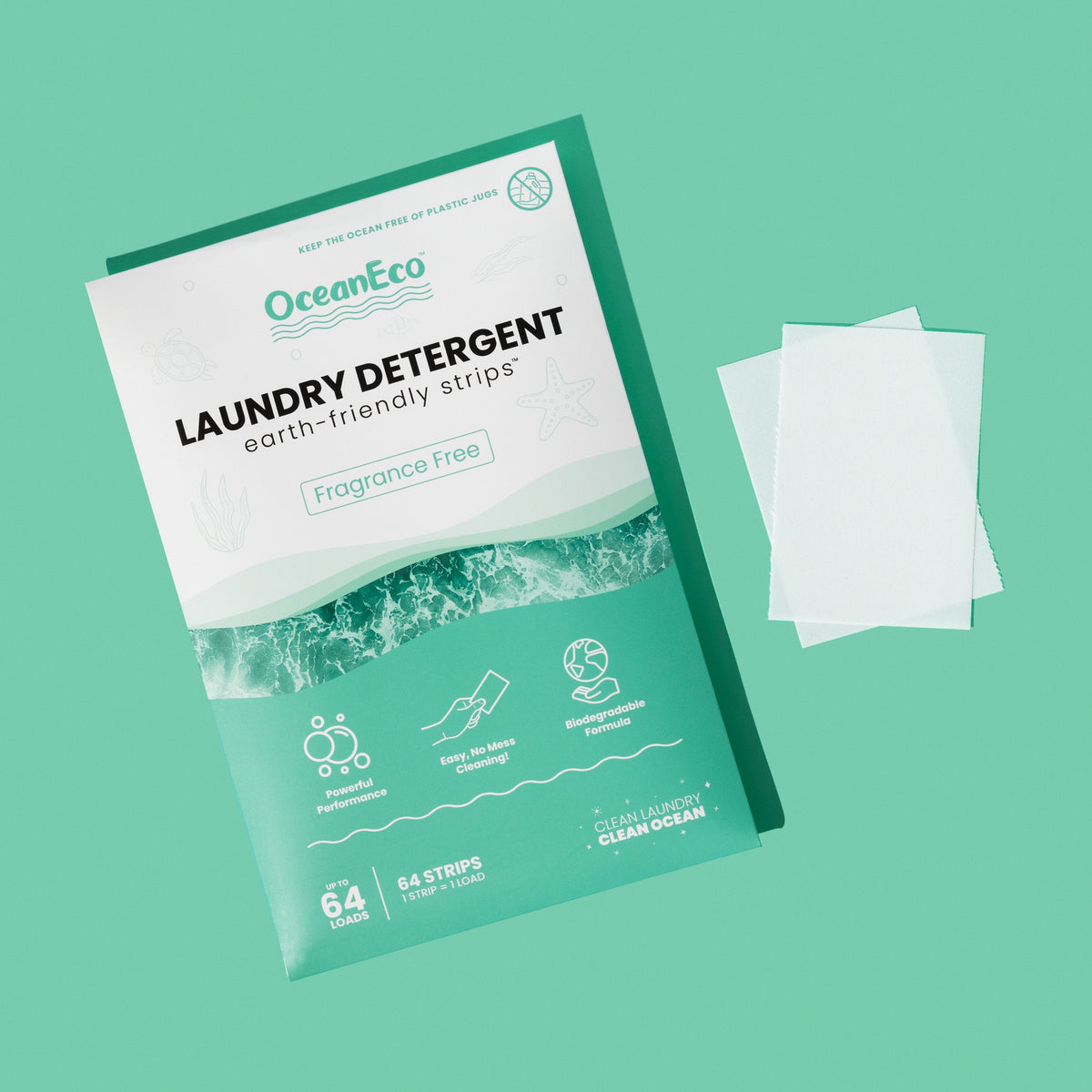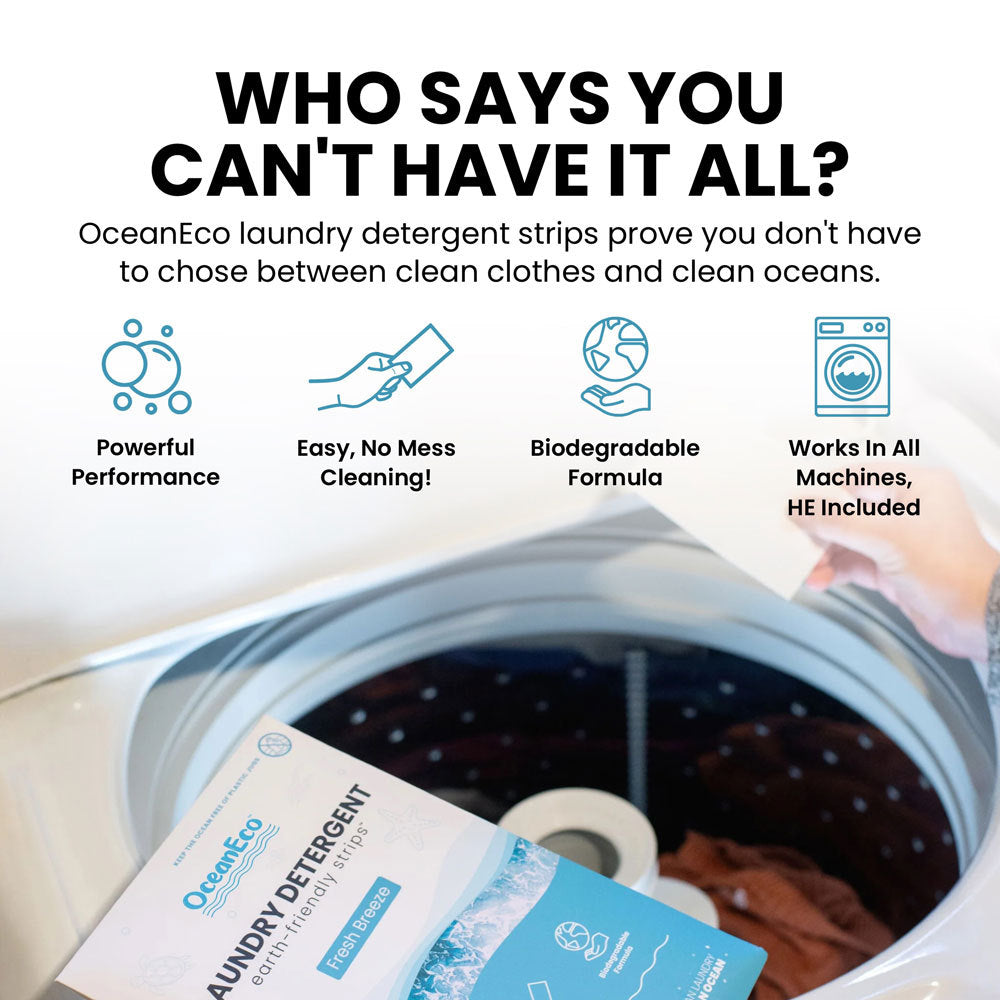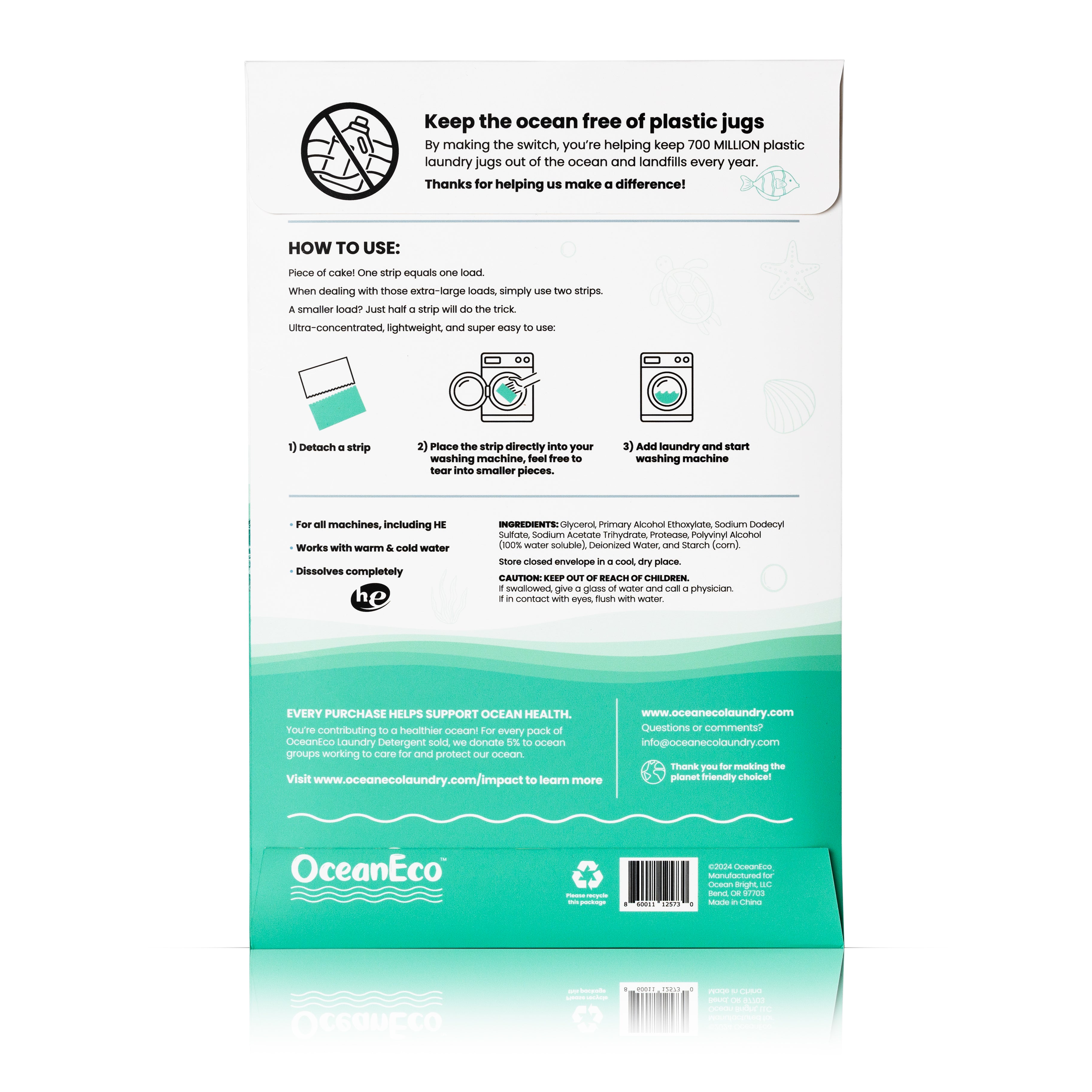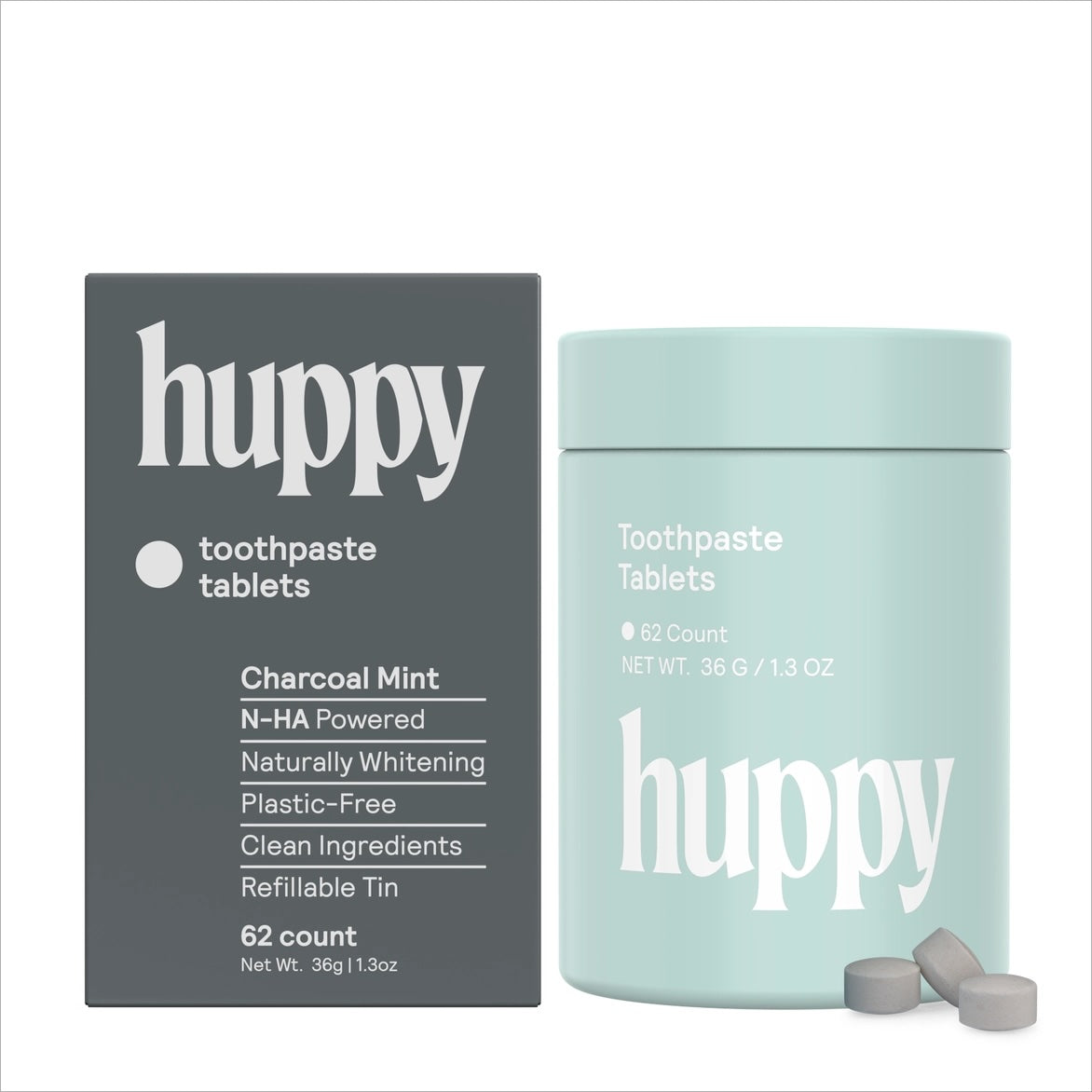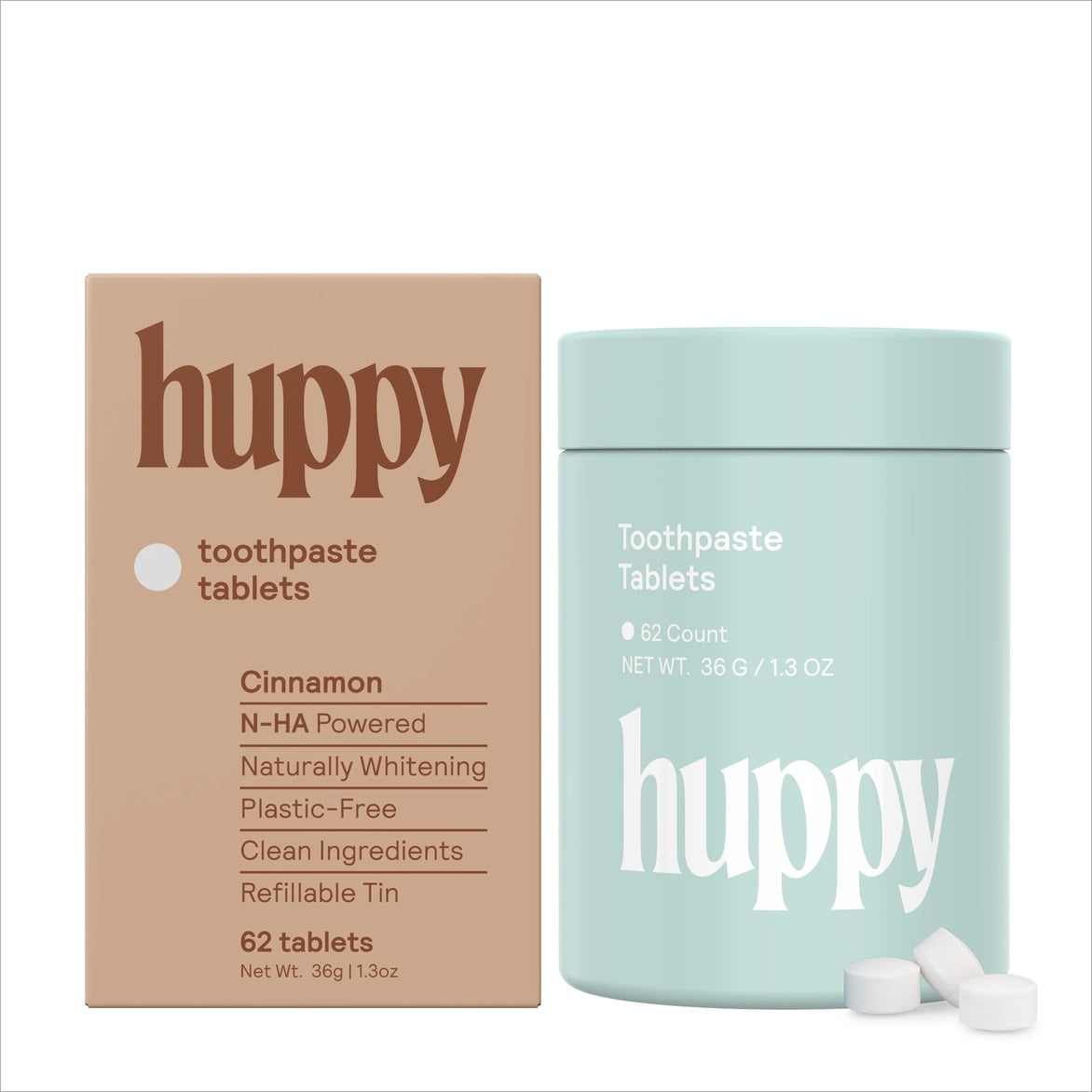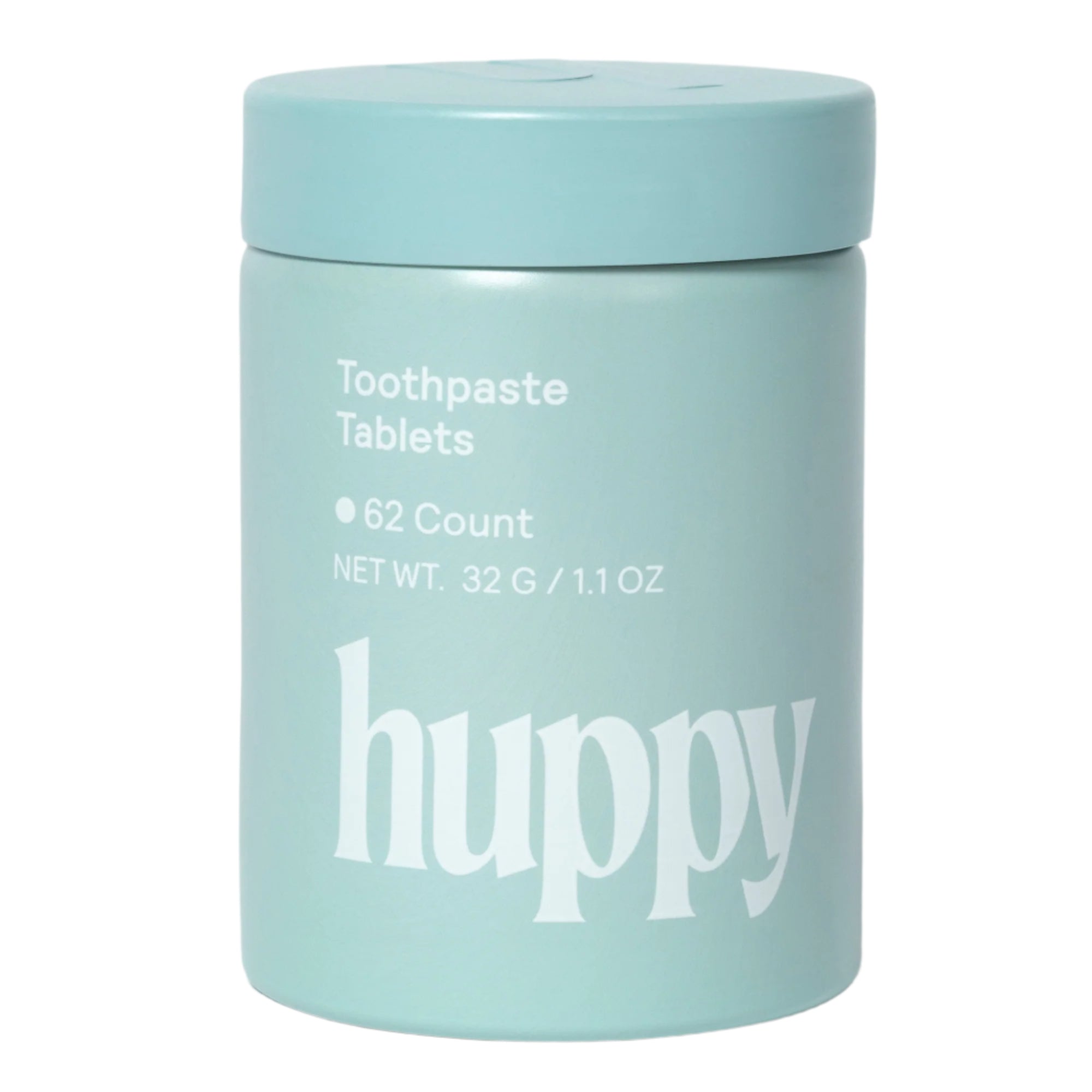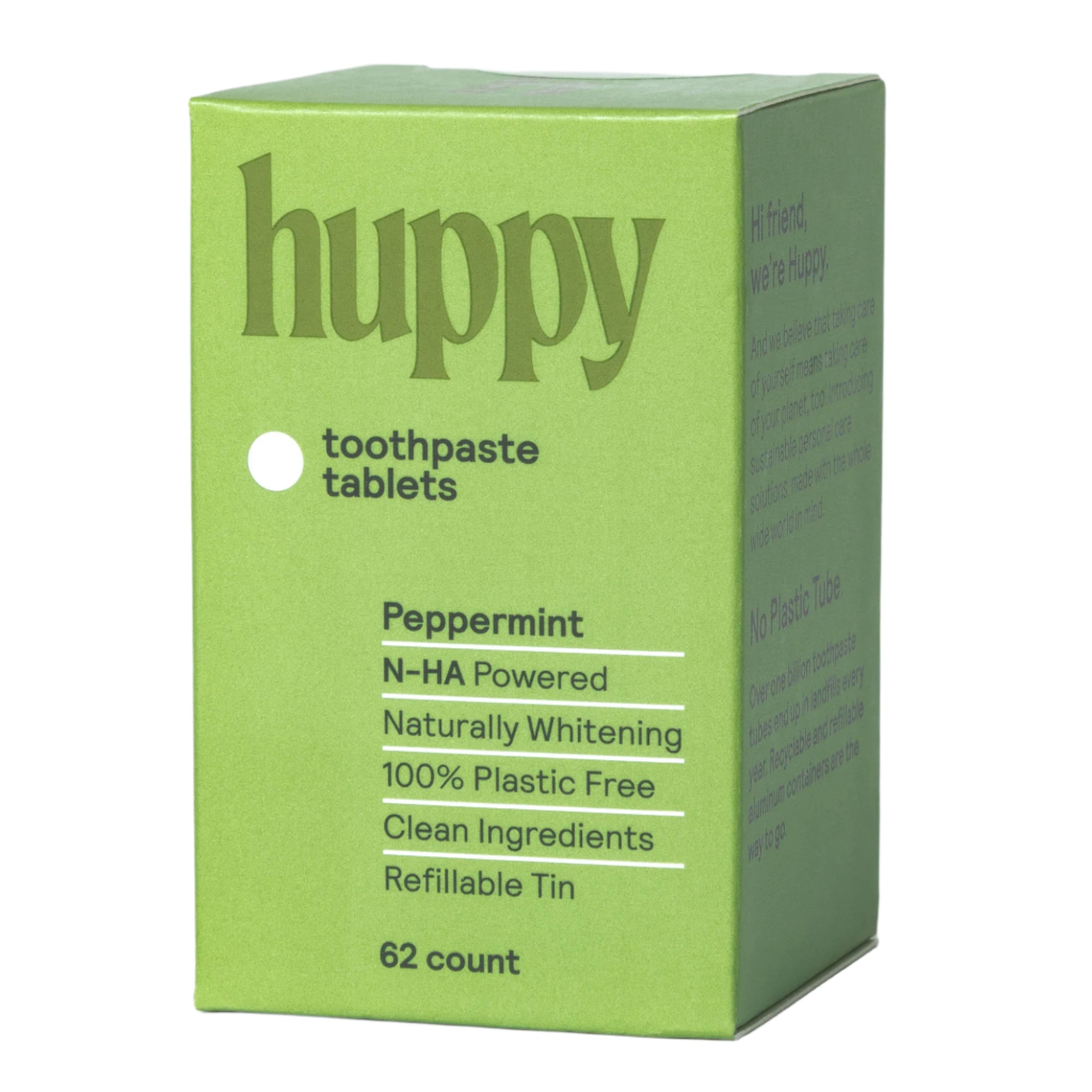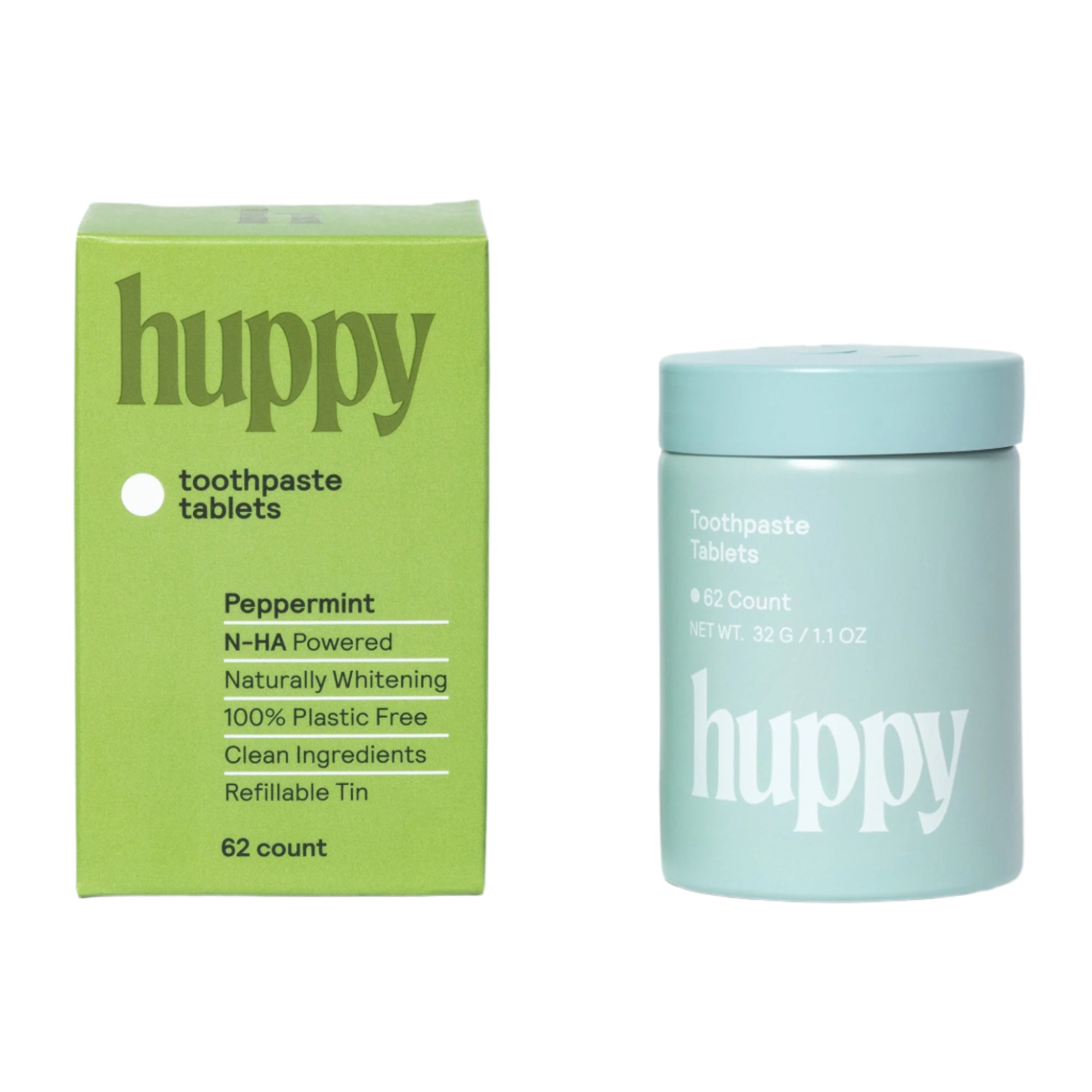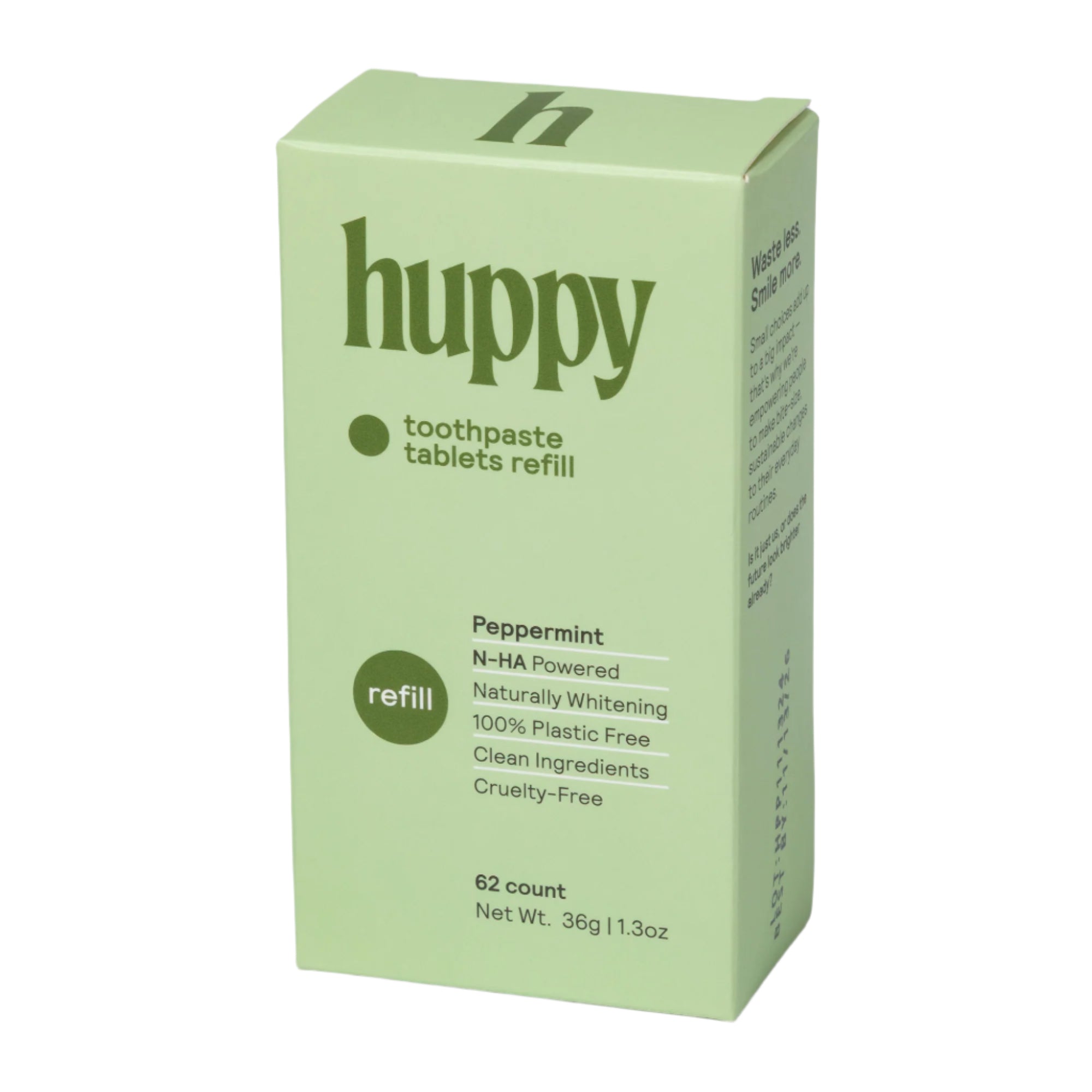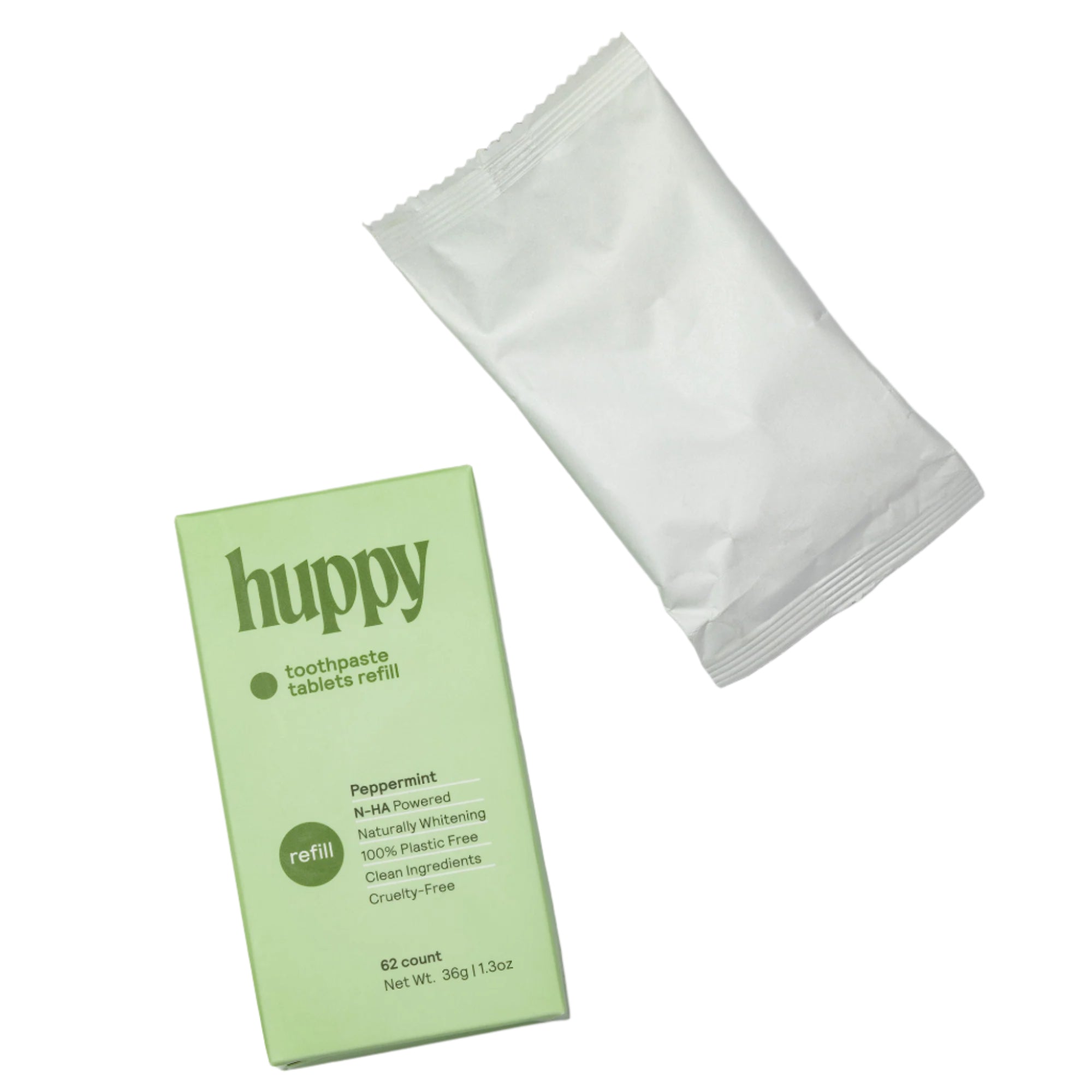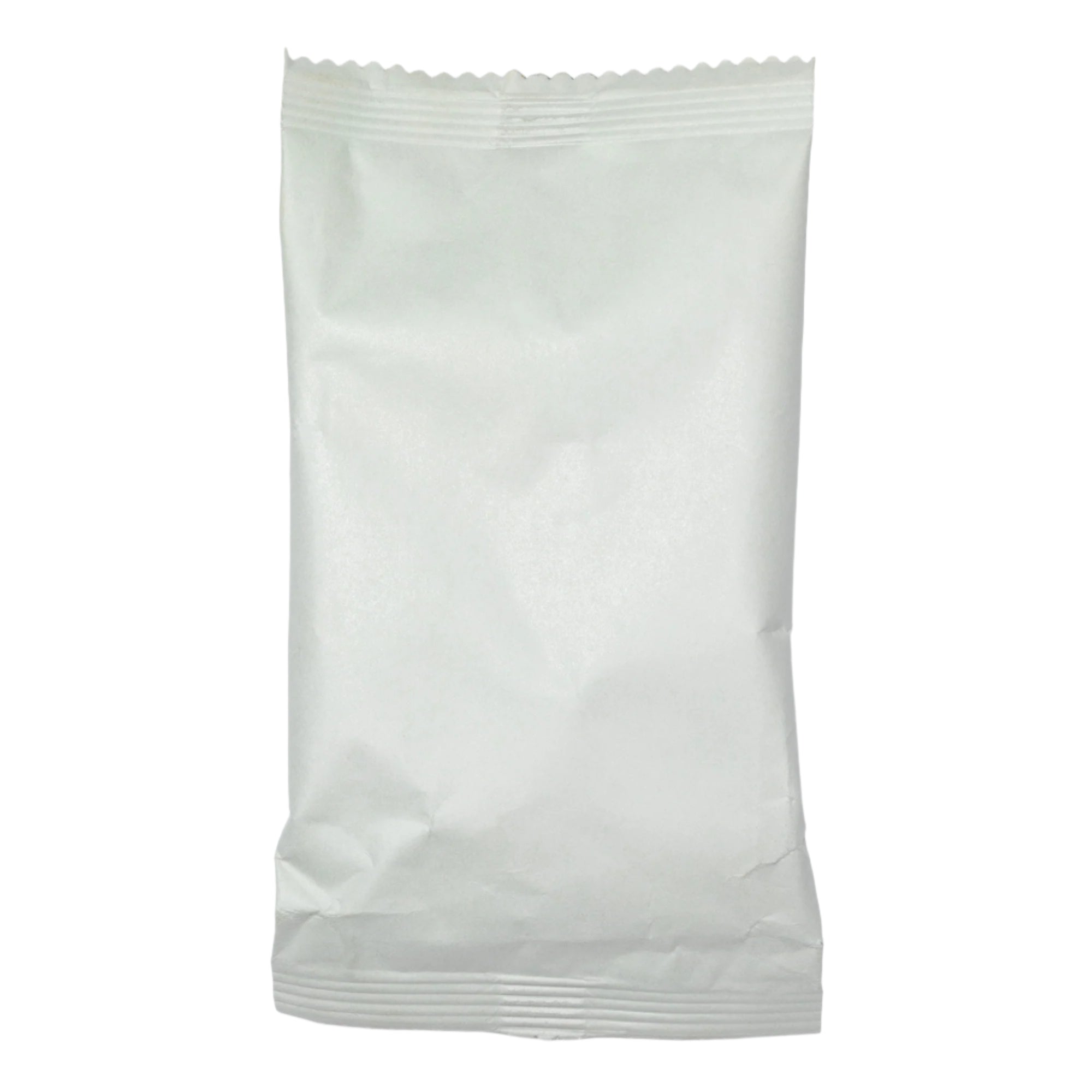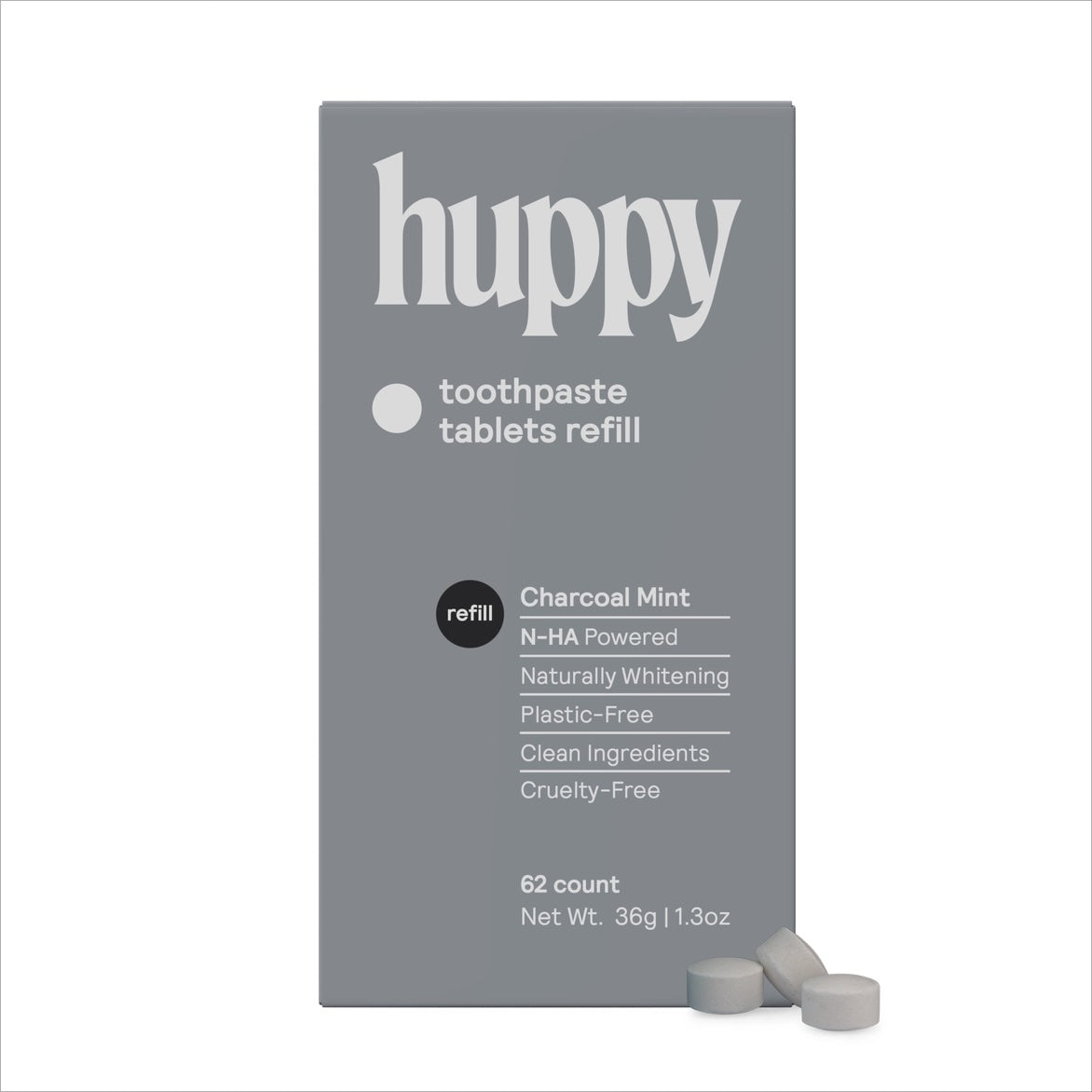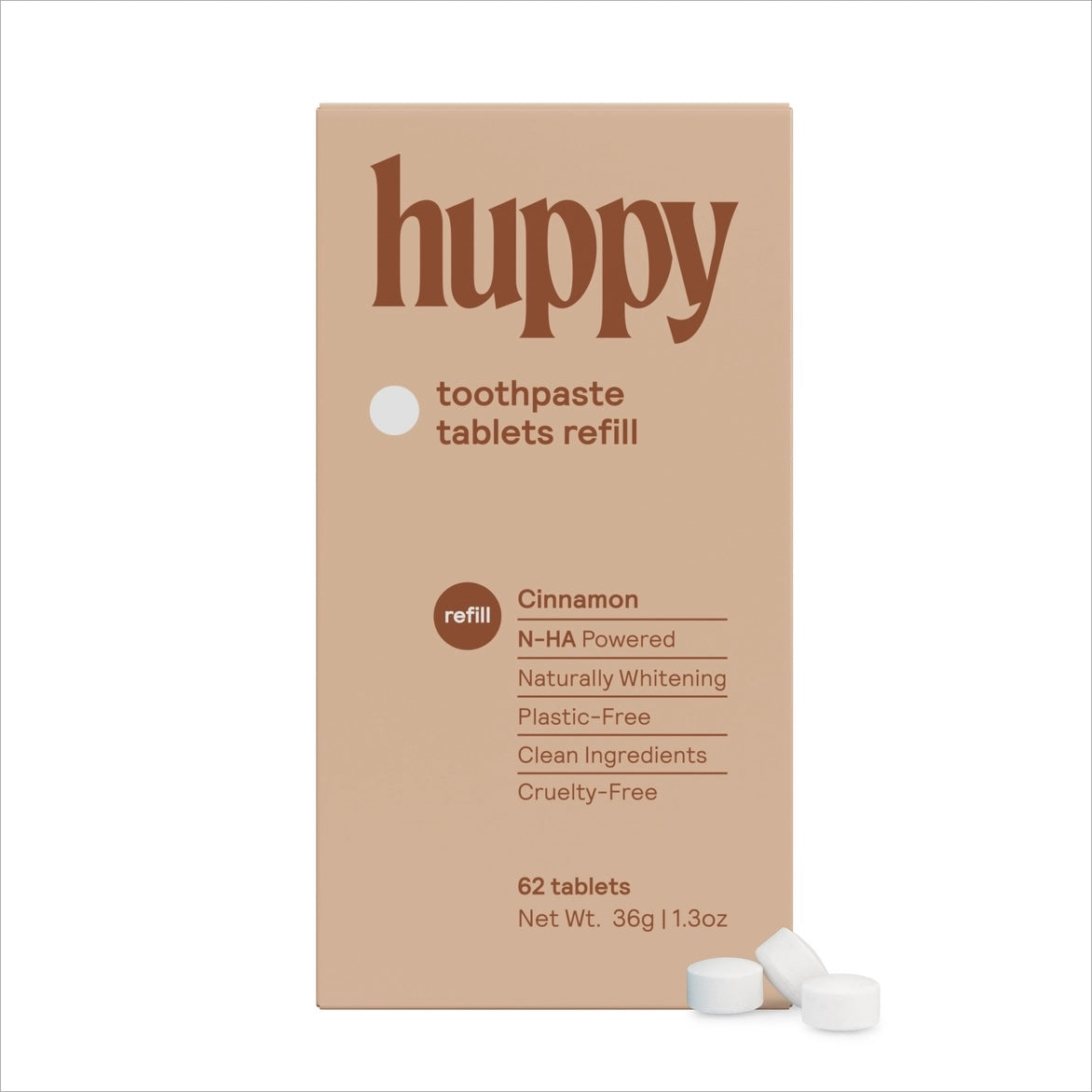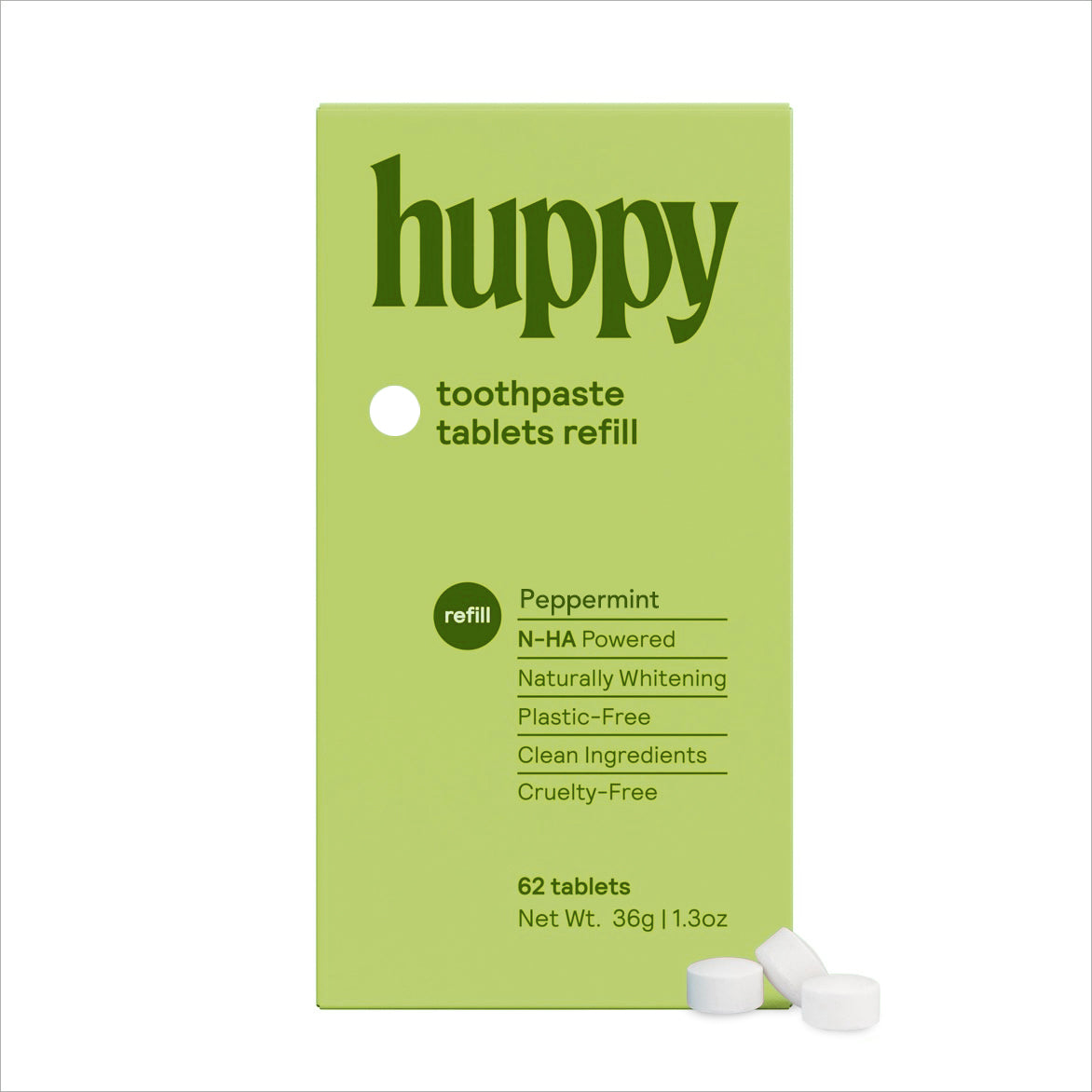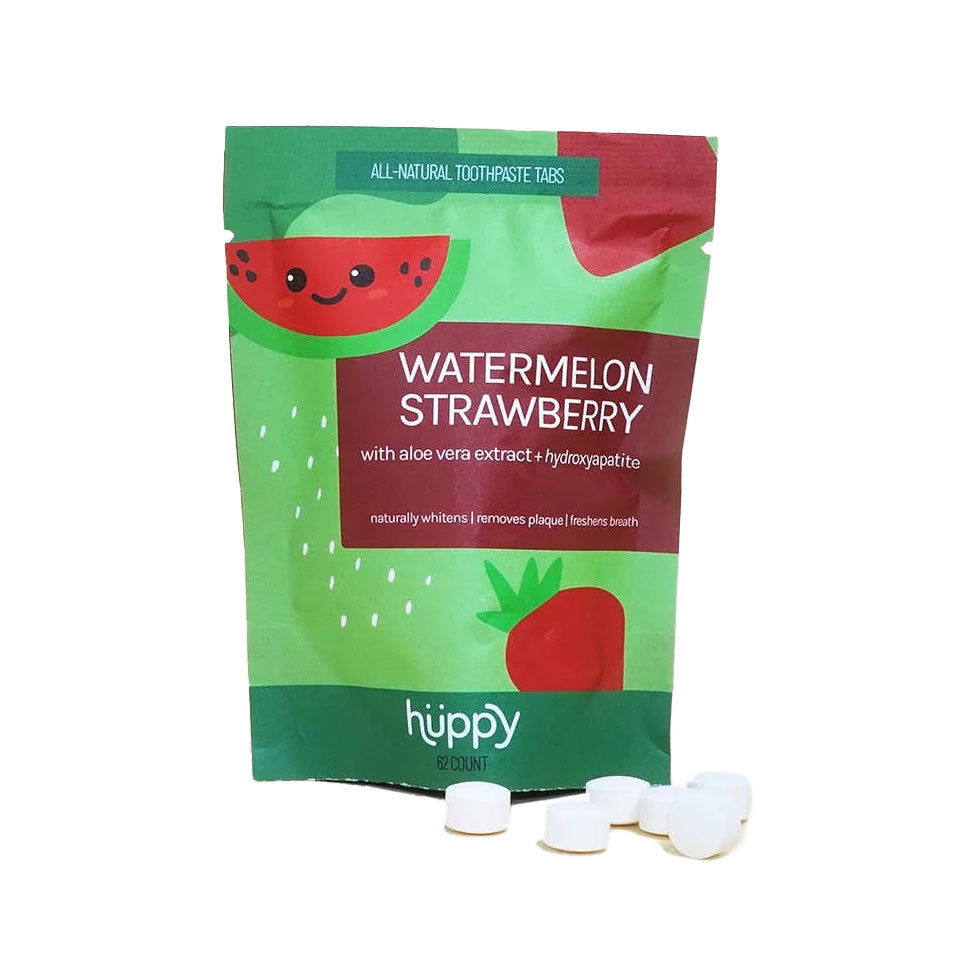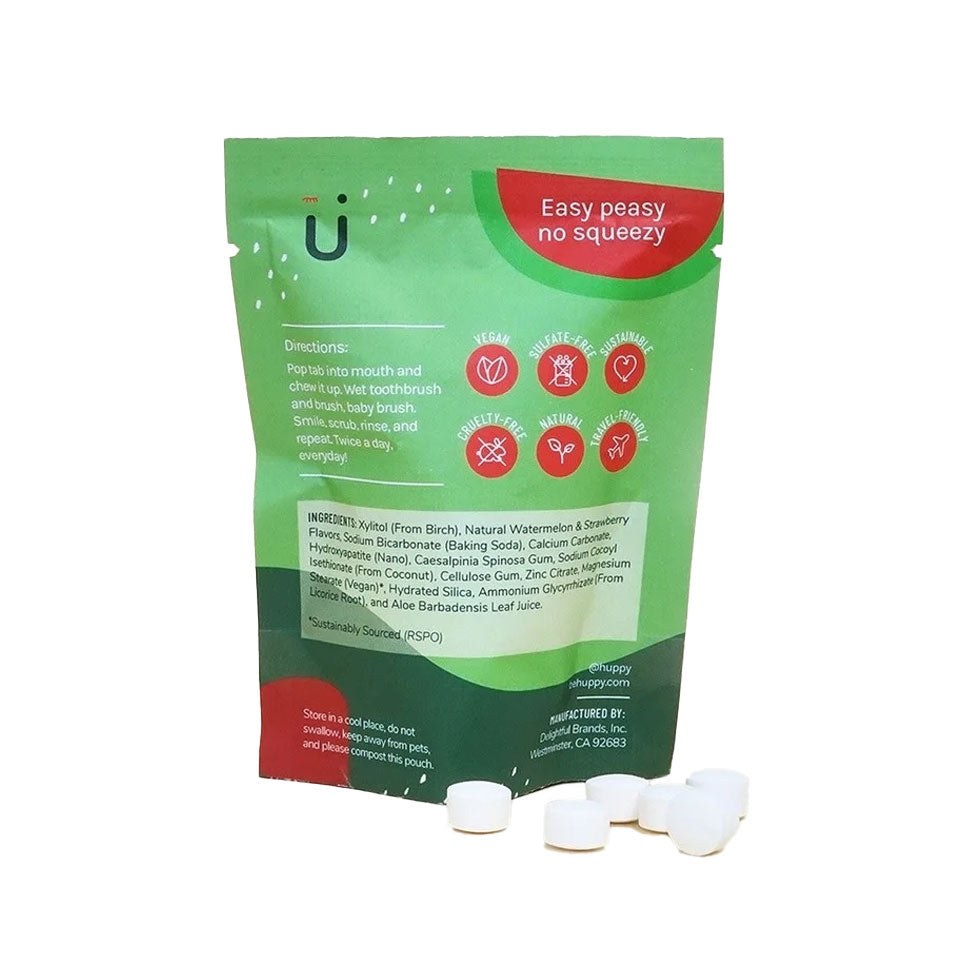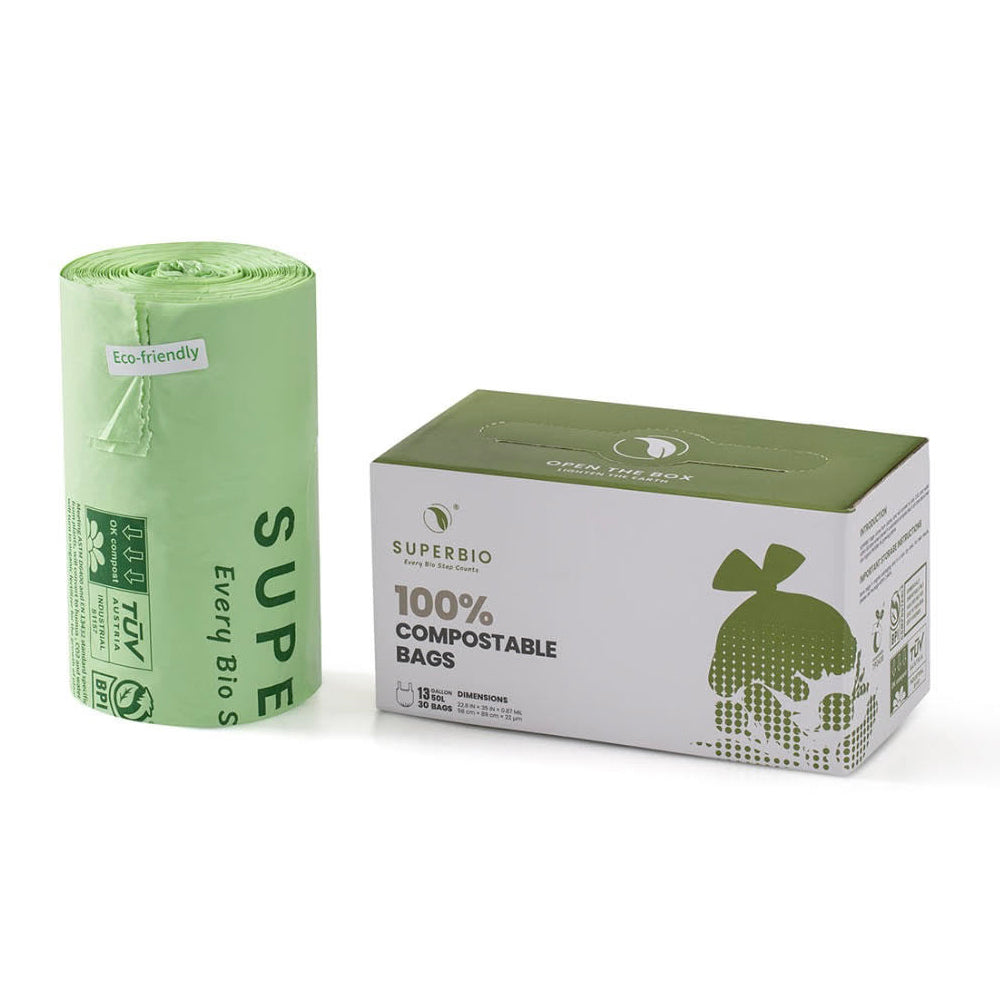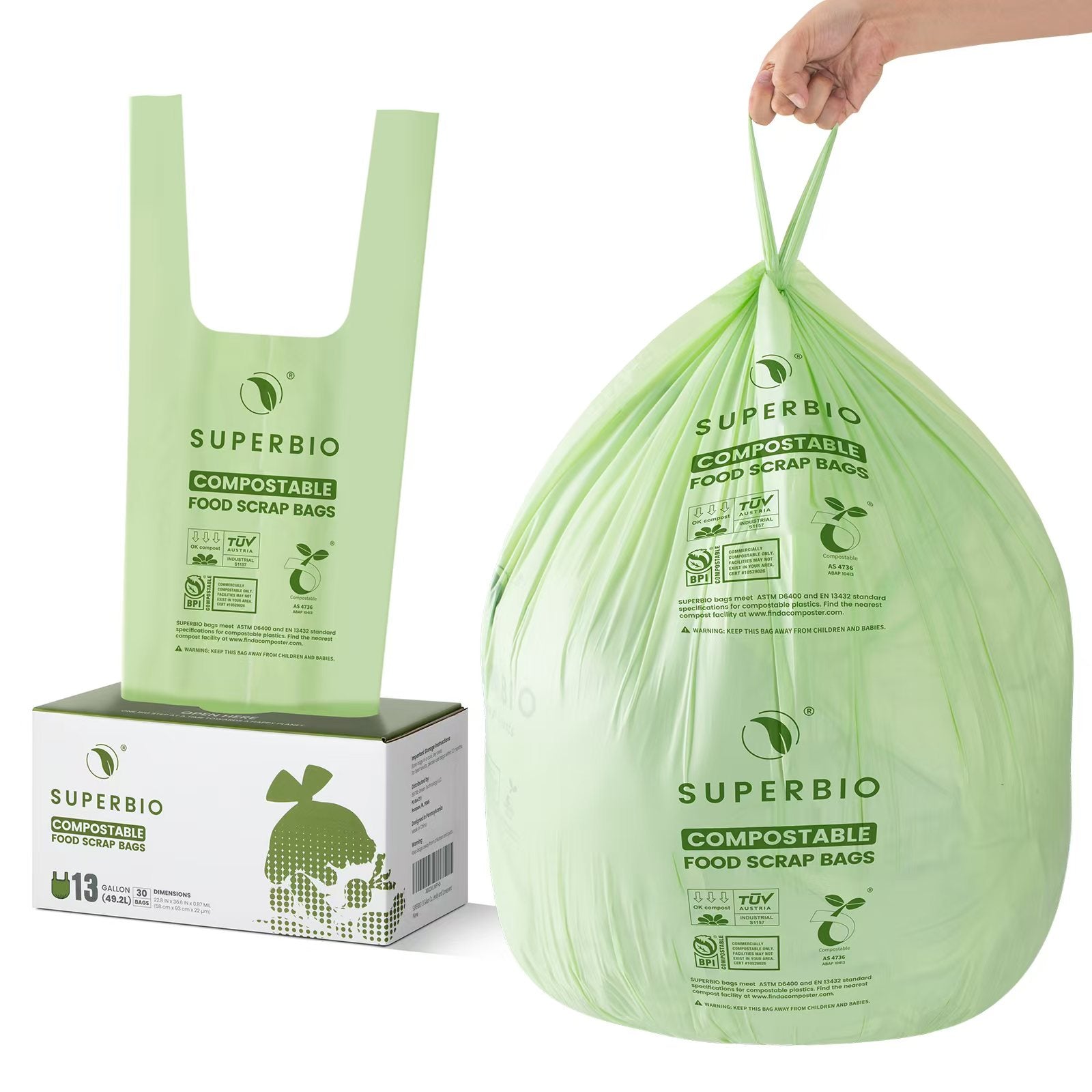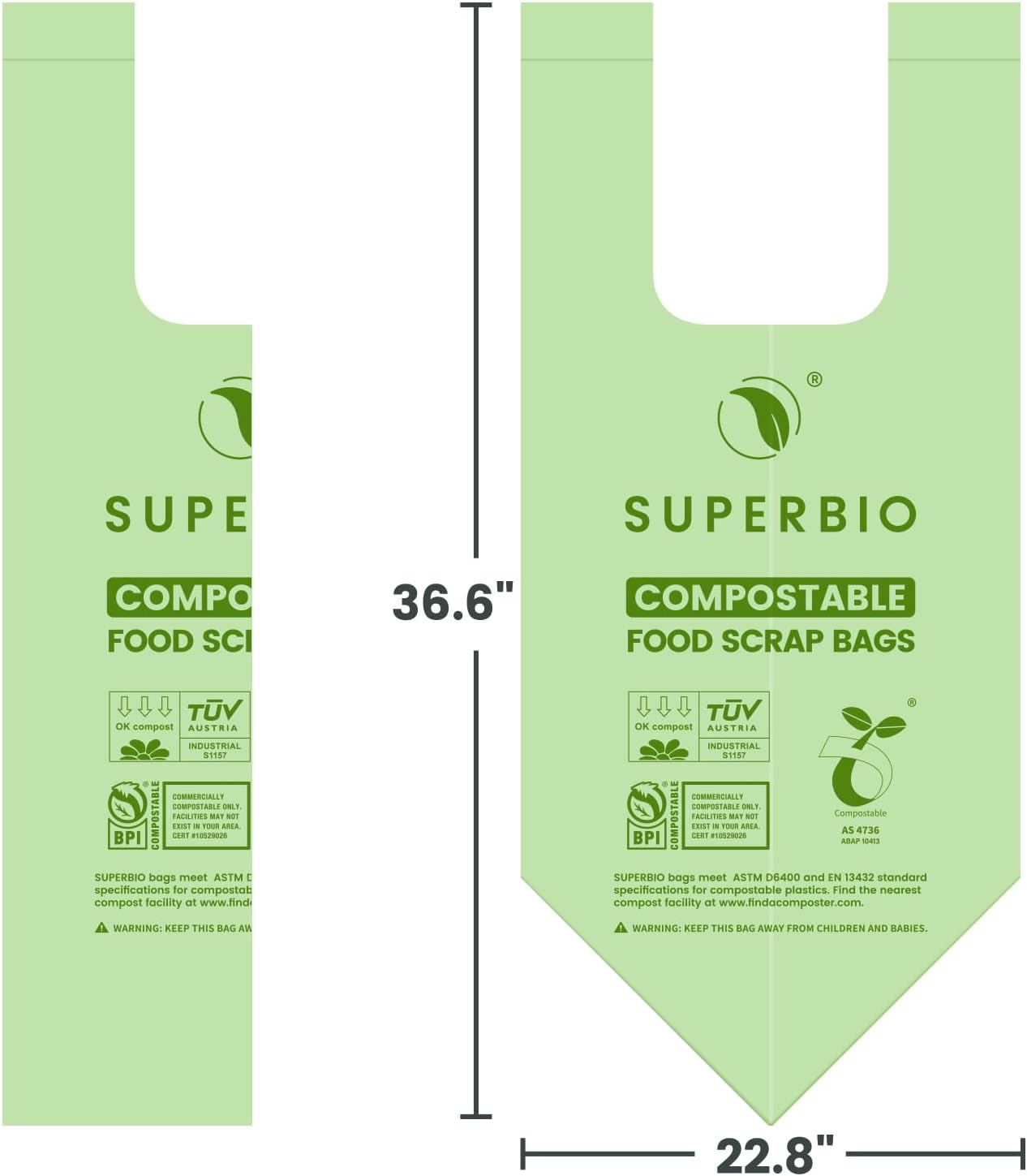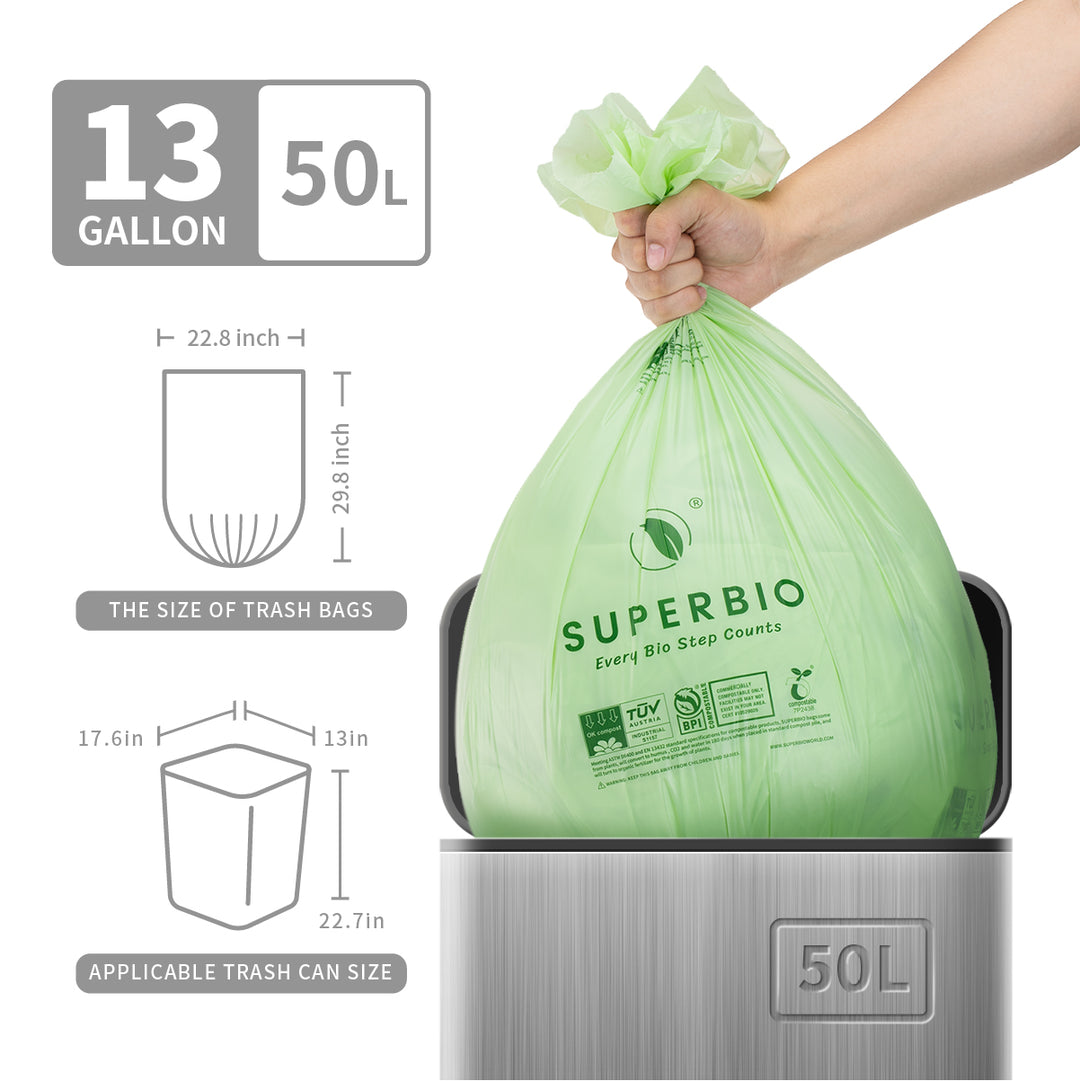Massive Marine Reserve Sacrificed for Tuna Industry Profits
A sweeping executive order signed by President Donald Trump has opened up nearly 500,000 square miles of federally protected ocean southwest of Hawaii to commercial fishing, overturning over a decade of conservation efforts in one of the most ecologically rich regions on Earth. The Pacific Islands Heritage Marine National Monument, once shielded from industrial activity, now stands vulnerable to trawlers and longlines after years of being a sanctuary for marine life and Indigenous heritage.
The proclamation is part of a broader strategy to position the United States as the dominant force in global seafood production, reversing rules that had barred commercial fishing in the remote region. Trump called those restrictions “so stupid” and blamed them for pushing American fleets into dangerous international waters, where they compete against subsidized foreign operations—especially those from China, whose fleet is the largest on Earth, operating with limited oversight and accused of overexploitation and illegal practices, Radio Free Asia reports.

Photo: Wikimedia Commons / USFWS - Pacific Region, License: Public Domain
Nearly 500,000 square miles of protected Pacific waters were opened to commercial fishing.
Deep Cultural and Ecological Consequences
To the Pacific Island communities, this decision strikes deeper than economics. It affects cultural memory, traditional ocean stewardship, and ancestral ties, SFGate reports. The monument, encompassing coral atolls like Palmyra and Johnston, harbors endangered sea turtles, whales, seabirds, and some of the world’s most vibrant coral reefs.
Researchers like Dr. Douglas McCauley from UC Santa Barbara warn that reopening the area sacrifices a rare stronghold of biodiversity. With only 3% of the global ocean under strong protection, the loss of even one monument diminishes global ocean resilience, SFGate explains.

Photo: Wikimedia Commons / USFWS - Pacific Region, License: Public Domain
Palmyra Atoll and surrounding areas host nesting sea turtles and migrating whales.
A Local Economy Divided
The order has received praise in American Samoa, where officials like Delegate Aumua Amata Radewagen see it as a win for local livelihoods and food security, The New York Times reports.
Fishing employs about 5,000 people in American Samoa, many of them working at the StarKist cannery, one of the territory’s few economic anchors. Local leaders, including Governor Lemanu Mauga, have voiced strong concerns that limiting access to tuna grounds could destabilize the island’s economy and inflate food costs, according to Courthouse News.
Yet environmental data paints a different picture. A study cited by the Pacific Islands Heritage Coalition found that American fleets had only fished in 0.52% of the monument’s waters even when access was allowed, challenging the claim that protections seriously hindered local fishing, SFGate reports.

Photo: Wikimedia Commons / USFWS - Pacific Region, License: Public Domain
Only 3% of global oceans are currently under strong protection.
Ecological Tradeoffs and Industry Myths
Conservationists argue that opening these waters doesn’t guarantee a windfall for fisheries. In fact, some studies suggest the opposite. Large marine protected areas have shown to increase fish biomass and boost catches in surrounding regions through spillover effects, according to Radio Free Asia. One such study from Stanford and the University of Hawaii showed tuna catch rates near sanctuary boundaries increased by up to 18%.
The Trump administration’s justification that existing laws such as the Endangered Species Act offer sufficient protection drew criticism. As The New York Times reports, groups like the Center for Biological Diversity argue that the removal of blanket fishing prohibitions ignores the cumulative impact of commercial operations on delicate ecosystems.

Photo: Wikimedia Commons / USFWS - Pacific Region, License: Public Domain
Critics say the move ignores Indigenous voices and cultural traditions.
A Precedent with Lasting Implications
Beyond the immediate fallout, critics fear the order sets a dangerous precedent, signaling that marine protections are negotiable.
Meanwhile, NOAA has begun evaluating a separate proposal—initiated under President Biden—to expand protections across 770,000 square miles of the Pacific. That designation would take years, requiring community input and environmental review, and has already faced local pushback from American Samoan residents concerned about being excluded from decisions affecting their future, Courthouse News reports.
What’s clear is that the Pacific Islands are more than coordinates on a map. They’re living ecosystems, cultural legacies, and economic lifelines—and any shift in their governance echoes across oceans and generations.
Click below to take action.






























































































































































































